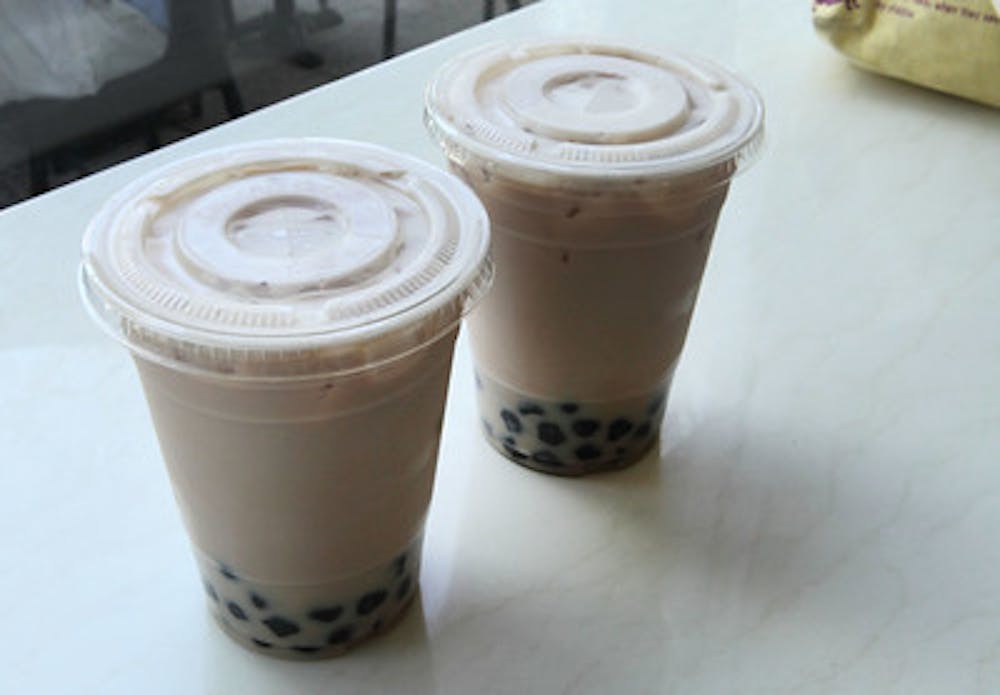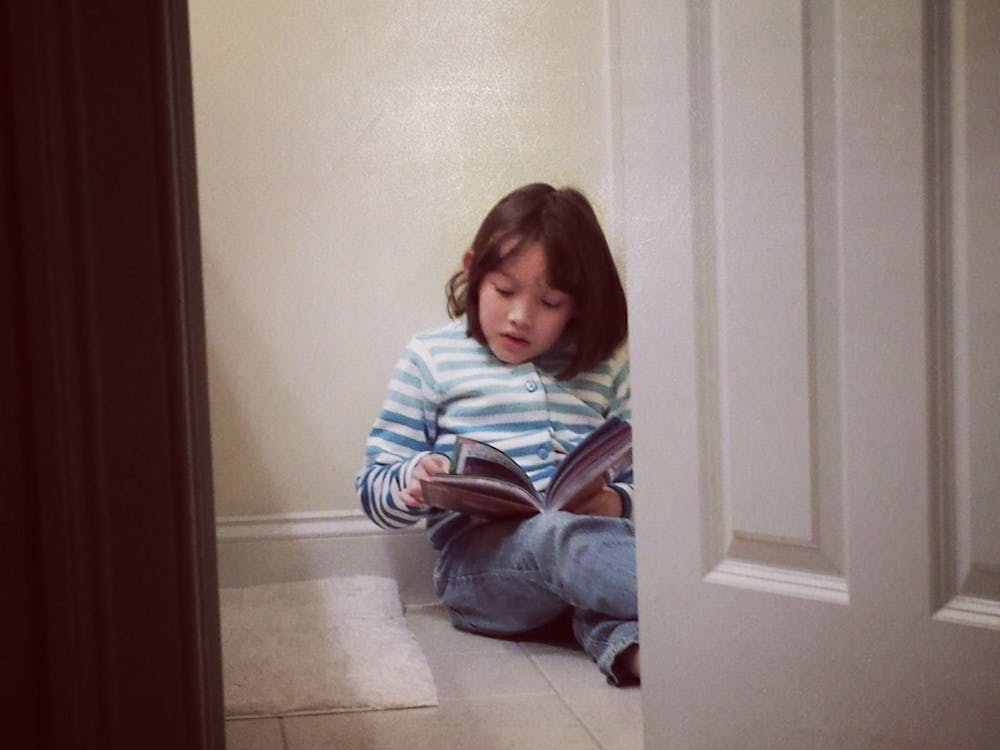
For Lent this year, I have chosen to fast from boba. One of the traditions of this religious season is offering up a Lenten sacrifice, a luxury or comfort that one deems difficult to give up. For me, that sacrifice is boba tea.
Anyone who views my Instagram story is well-acquainted with my love for this sugary drink. Boba tea, which is often referred to simply as boba, generally comes in the form of sweet milk tea with small black tapioca balls. As new boba places have opened and the drink has become more popular, new varieties, flavors and spins on the drink have also arisen in addition to the traditional milk tea.
My favorite franchise, Kung Fu Tea (which has a location near campus), boasts such drinks as the Sesame Matcha Milk Strike, Mango Snow and Cocoa Cream Wow. These colorful, eye-catching variants would turn the stomach of any milk tea purist, but my tastes are much more permissive. In fact, as I am a bit ashamed to admit, I’ve only recently started to enjoy milk tea; for much of my life, I much preferred seeing my boba swim in a slush or smoothie. However, brown sugar milk tea became a favorite of mine after I tried the drink at Sharetea, and of course, the famous Tiger Sugar, which offers milk tea with brown sugar syrup “tiger” stripes.
I started drinking boba in elementary school as a treat on Sundays after a long day of church classes, choir practice and Chinese school. At the time, the only boba place my family knew, Star Snow Ice, served two variants: milk tea with boba and smoothies with boba. The establishment was much plainer than any of the trendy shops today, and the boba pearls were not soaked in sugar water, as is customary in most places. However, the drinks were inexpensive and well-loved by my sister and me, so our visits were frequent.
At the time, my mom did not allow me to get the milk tea (which maybe explains my long-time aversion to it), so instead, I often chose a strawberry smoothie or red bean slush, both with boba, of course. As new establishments opened, we ventured outside this small shop to try new flavors, all of which my mom would frequently complain were wastes of money compared to the cheap offerings at Star Snow Ice.
To some extent, boba is also a facilitator of my social gatherings. When I hang out with friends, we often get boba after meals or study at boba shops. After getting my driver’s license, my boba consumption increased, and much of my senior year of high school (pre-COVID-19) was spent studying after school at the Kung Fu Tea near my house.
As a child, boba was just a sweet, tasty treat to me, and I drew very few cultural associations from my consumption of it. However in high school, I began to view drinking boba as a distinct part of the East Asian American experience, something special that I could point to as one symbolic piece of my identity.
My view of boba was shaken when I learned about the complications that come with viewing the drink as a piece of culture. An Instagram post by @zapiartists, titled “The Aestheticization of Boba and the Pitfalls of Boba Liberalism,” and an article by Jenny G. Zhang, titled “The Rise (and Stall) of the Boba Generation,” introduced me to the problem with allowing commodities to define the limits of how I “get in touch” with my Asian-ness. Certainly, the aesthetics of boba, K-pop and C-dramas can be parts of our culture but should not be the extent of our ethnic ties. But then I wondered, if not these commodities, what does represent my cultural identity?
Is it my experiences growing up in a suburban community? My visits to Hong Kong or Sunday Chinese school classes? My decision to take up learning Chinese again or stay up to date on Asian news? The complications in answering this question point to these facts: Culture is just as much an individual experience as a communal one; the experience of being Asian American is impossible to encapsulate under a single narrative; and being part of a diasporic community inevitably leads to cultural confusion. I’ve come to terms with the realization that my culture isn’t really something I am comfortable with defining through separate physical items or experiences but instead is a continuity of personal narrative throughout my life.
By virtue of simply being born Asian in America, I get to call myself an Asian American and live my life with this identity. Drinking boba may be part of my personal cultural experience, but it does not define that experience.
Throughout quarantine, I found myself getting boba a lot more (to-go, of course) and falling back into my childhood weekly infatuation with the drink. Part of this has been rediscovering that my love for boba is nothing more than a love for a sugary treat. Drinking boba — and consuming other Asian products and media — is still part of most East Asian American experiences, but I have come to realize that being Asian American shouldn’t be about pointing to different items and foods as proof of our identity.
Boba is, at the end of the day, just a sweet drink.
Aliza Li is a freshman from Houston, Texas studying Writing Seminars and Cognitive Science. Her column is an homage to all of the passions and obsessions that contribute to the person she is today.





